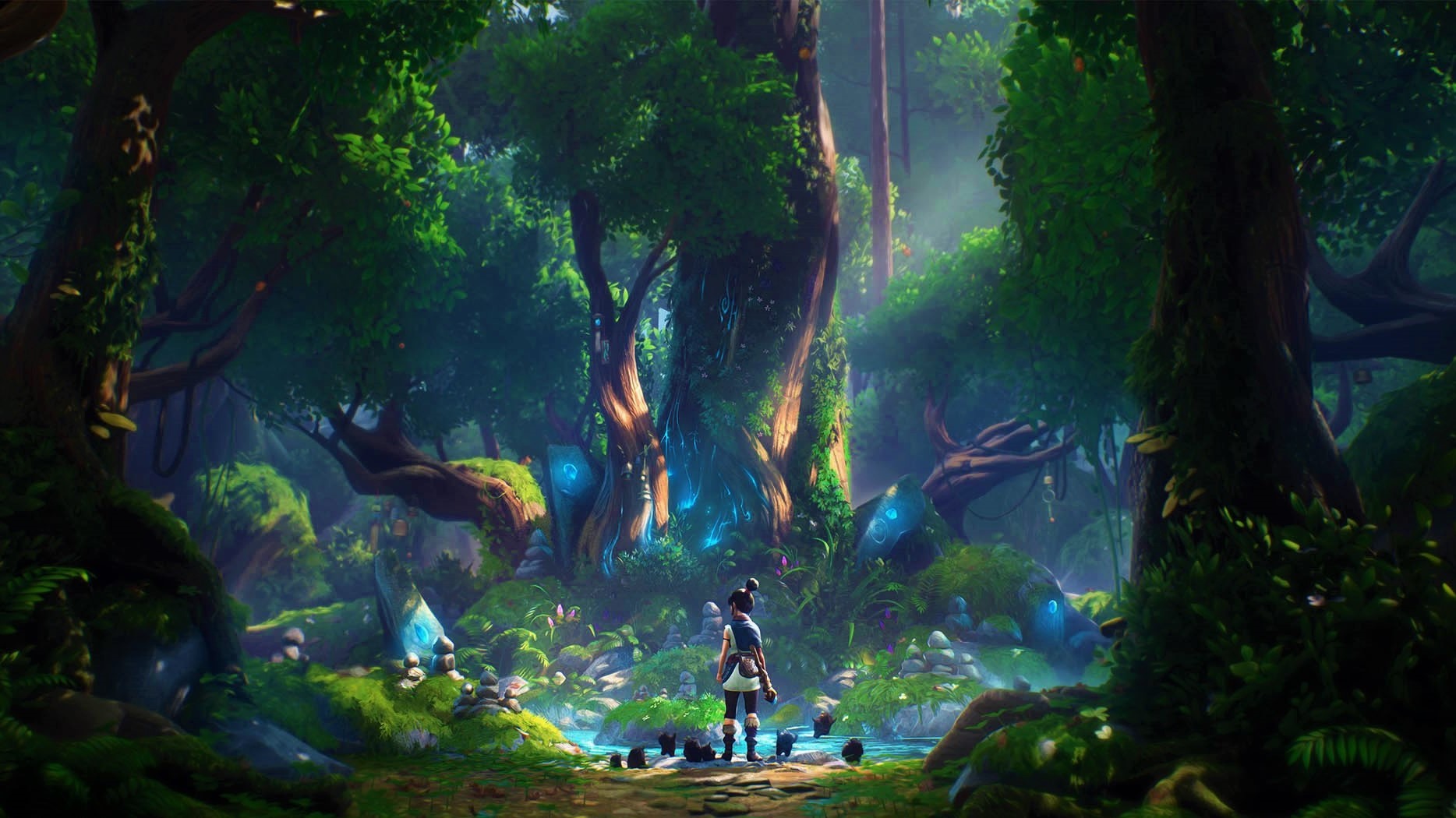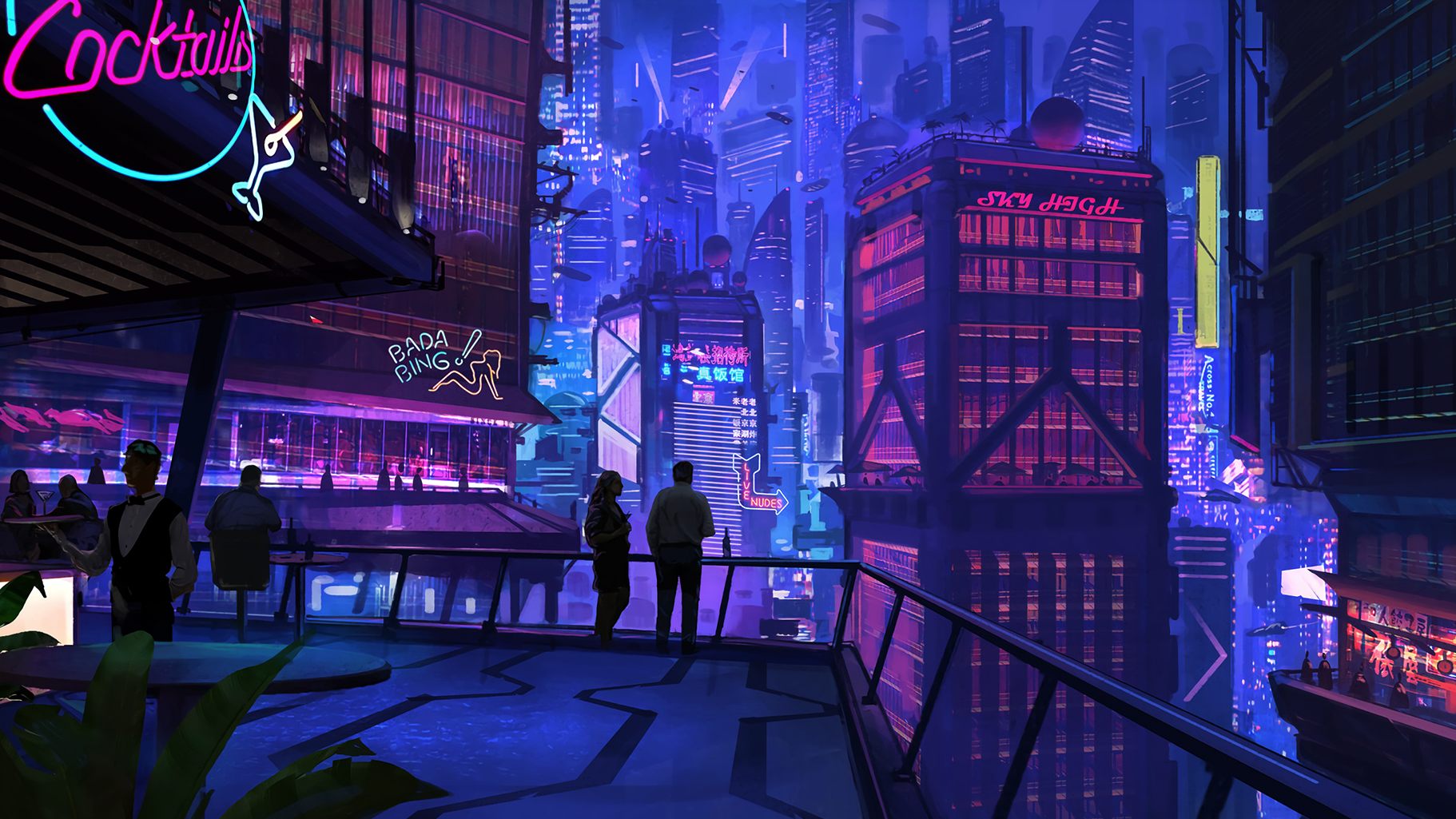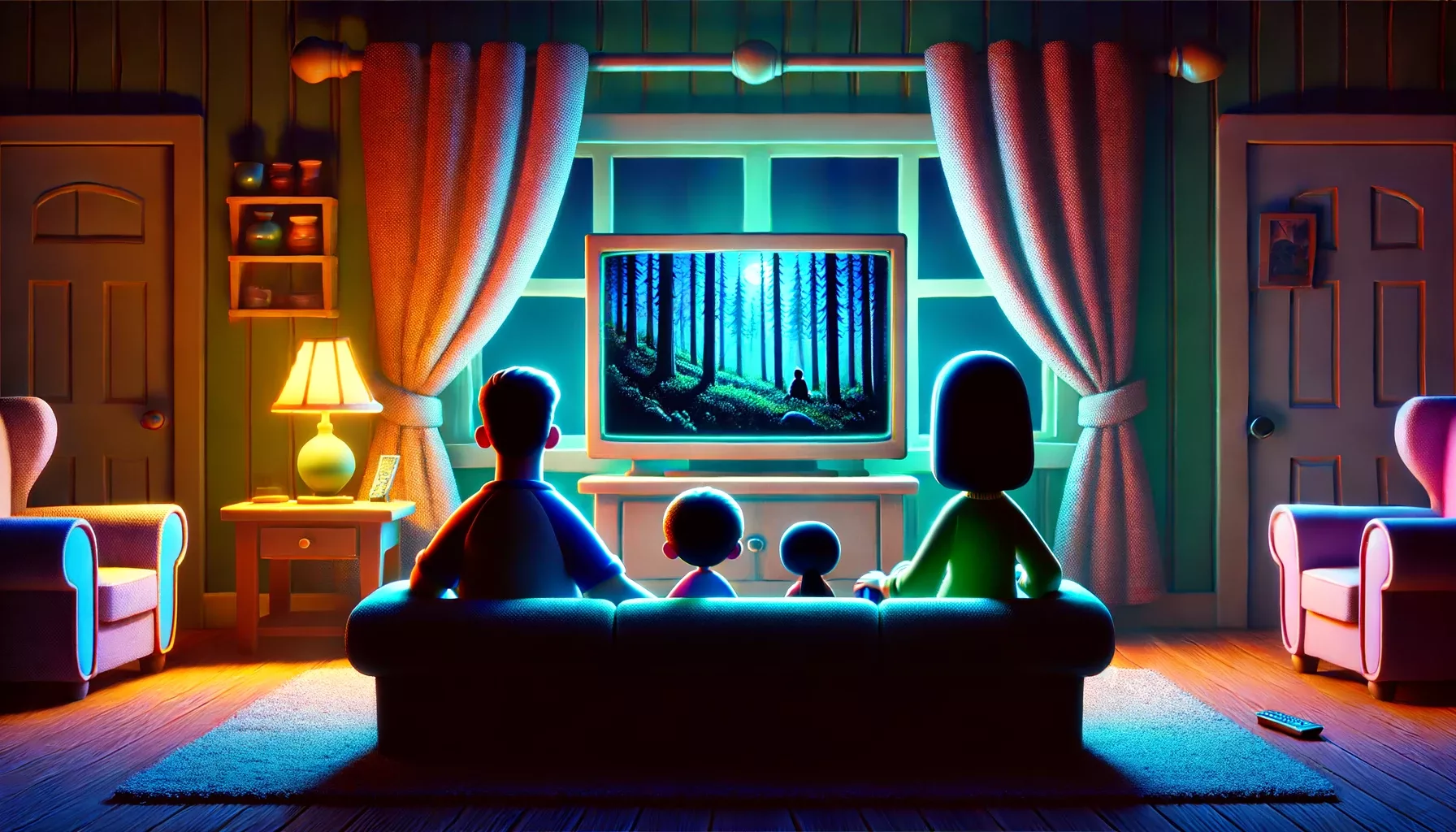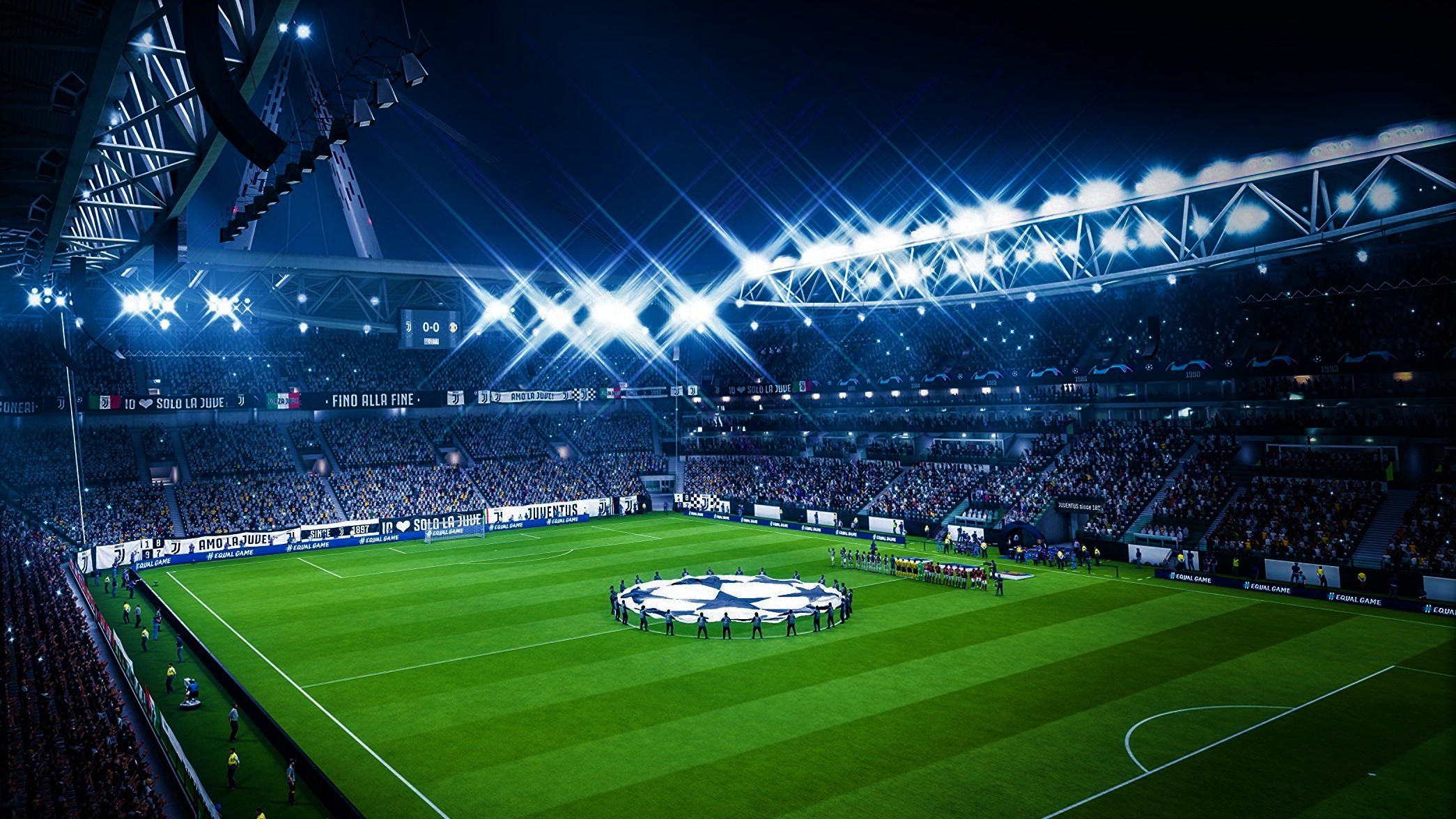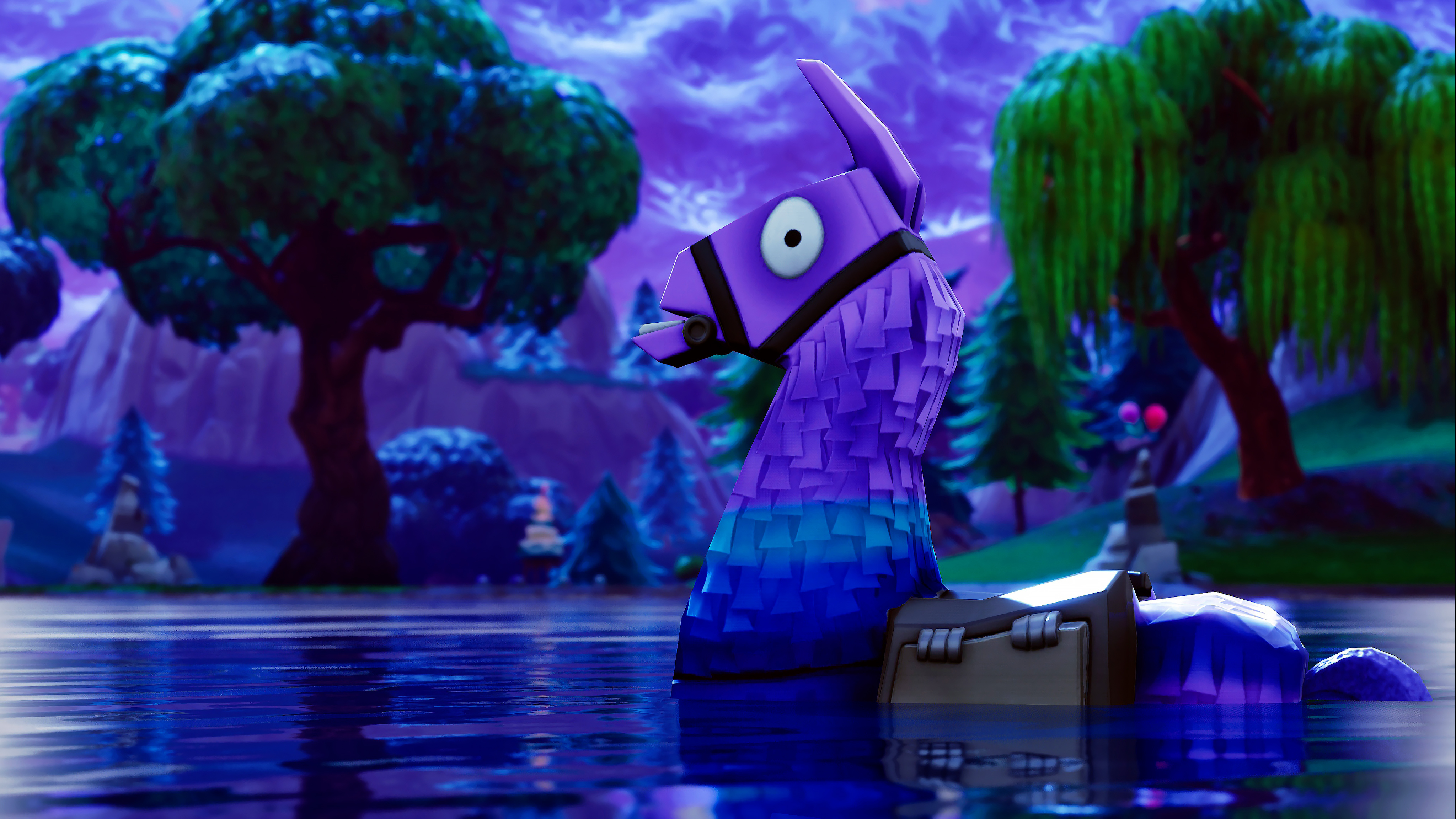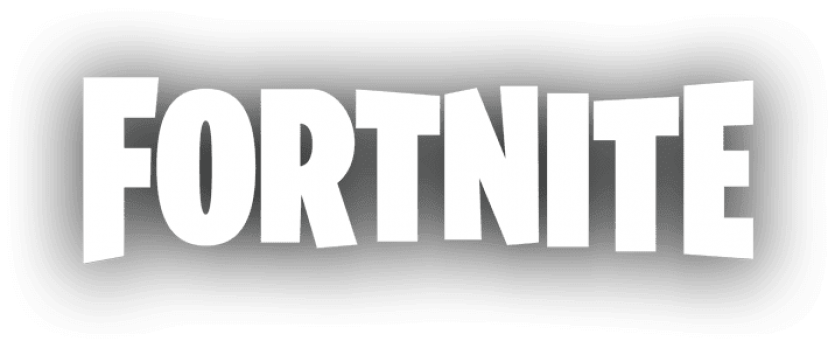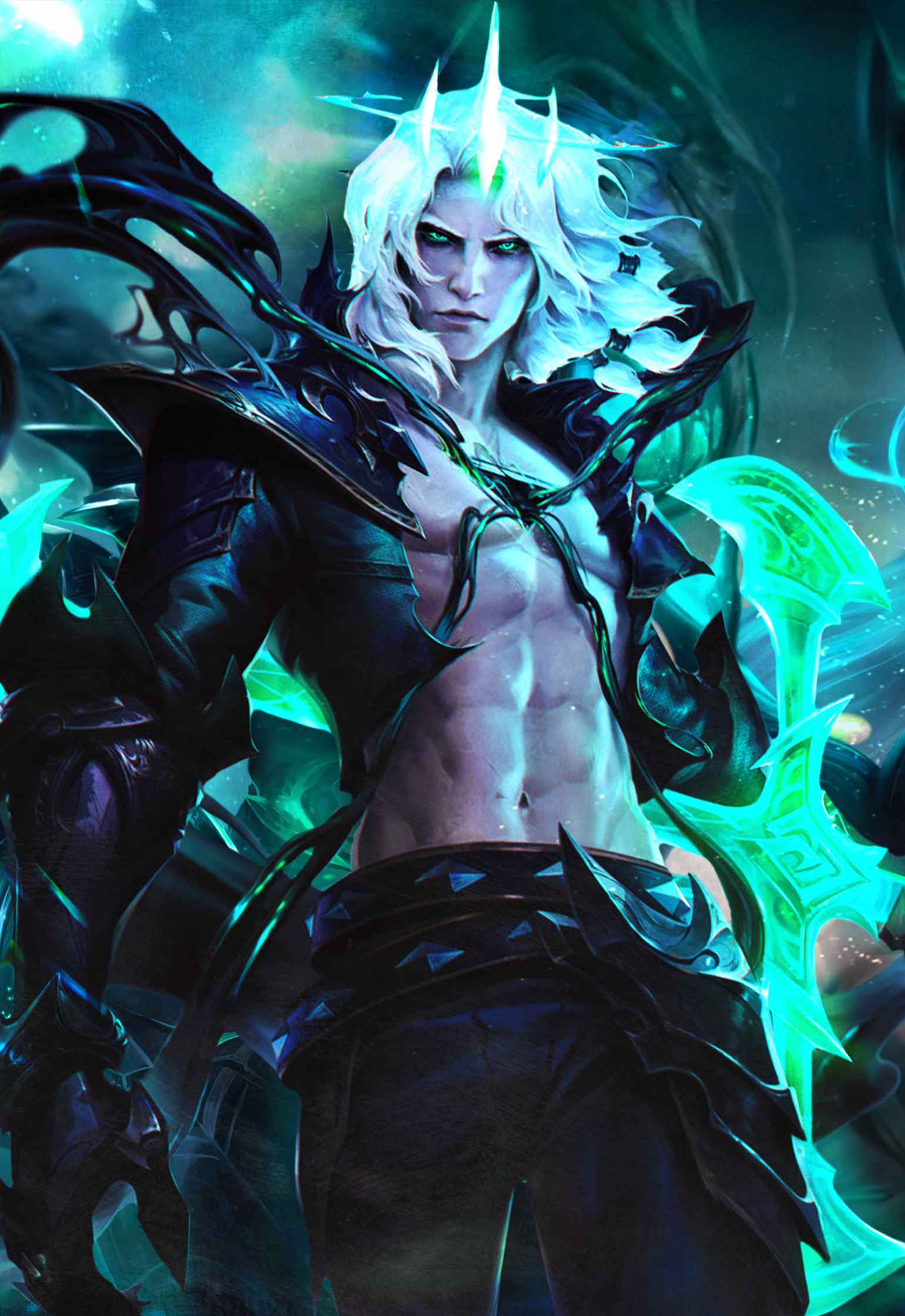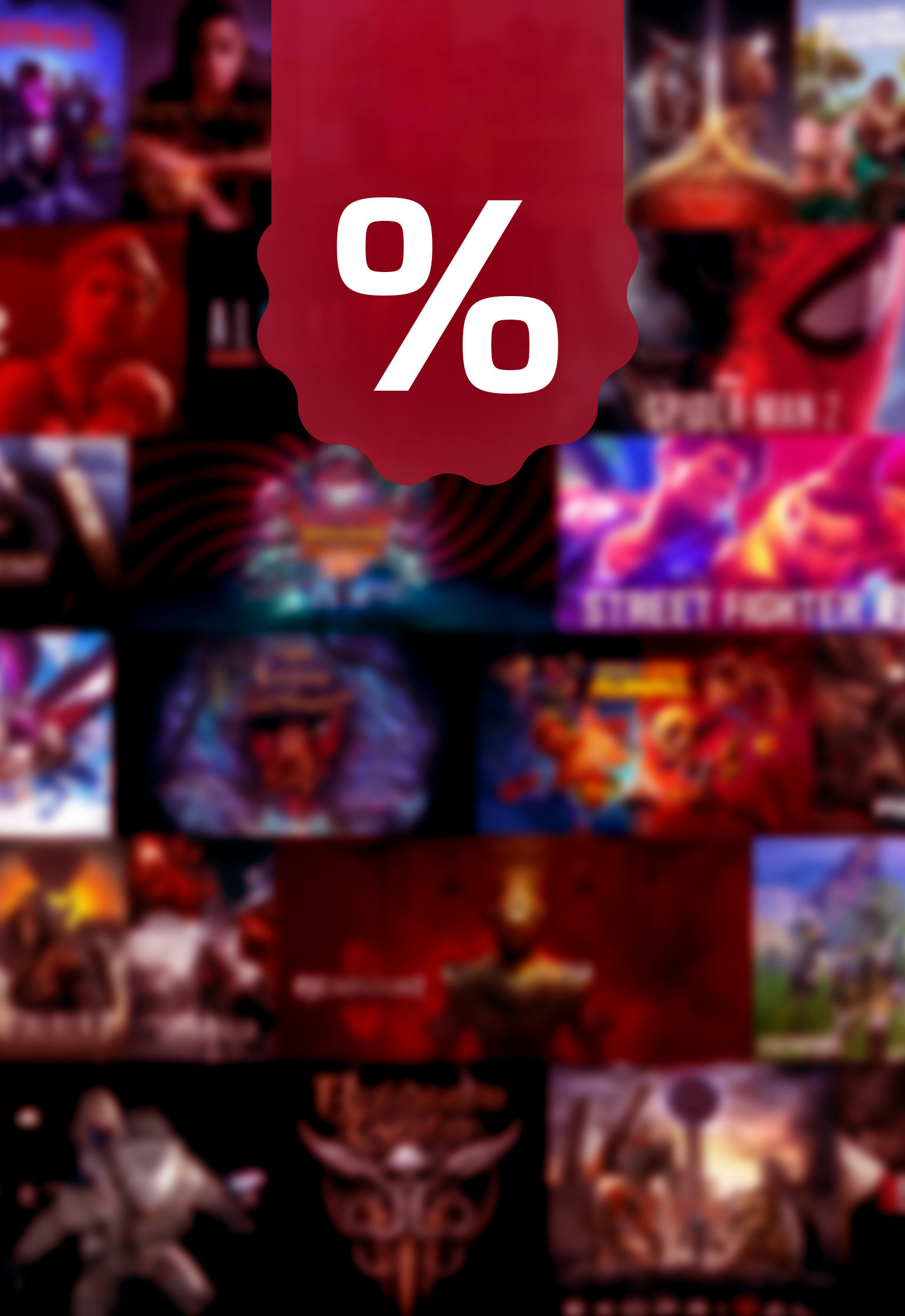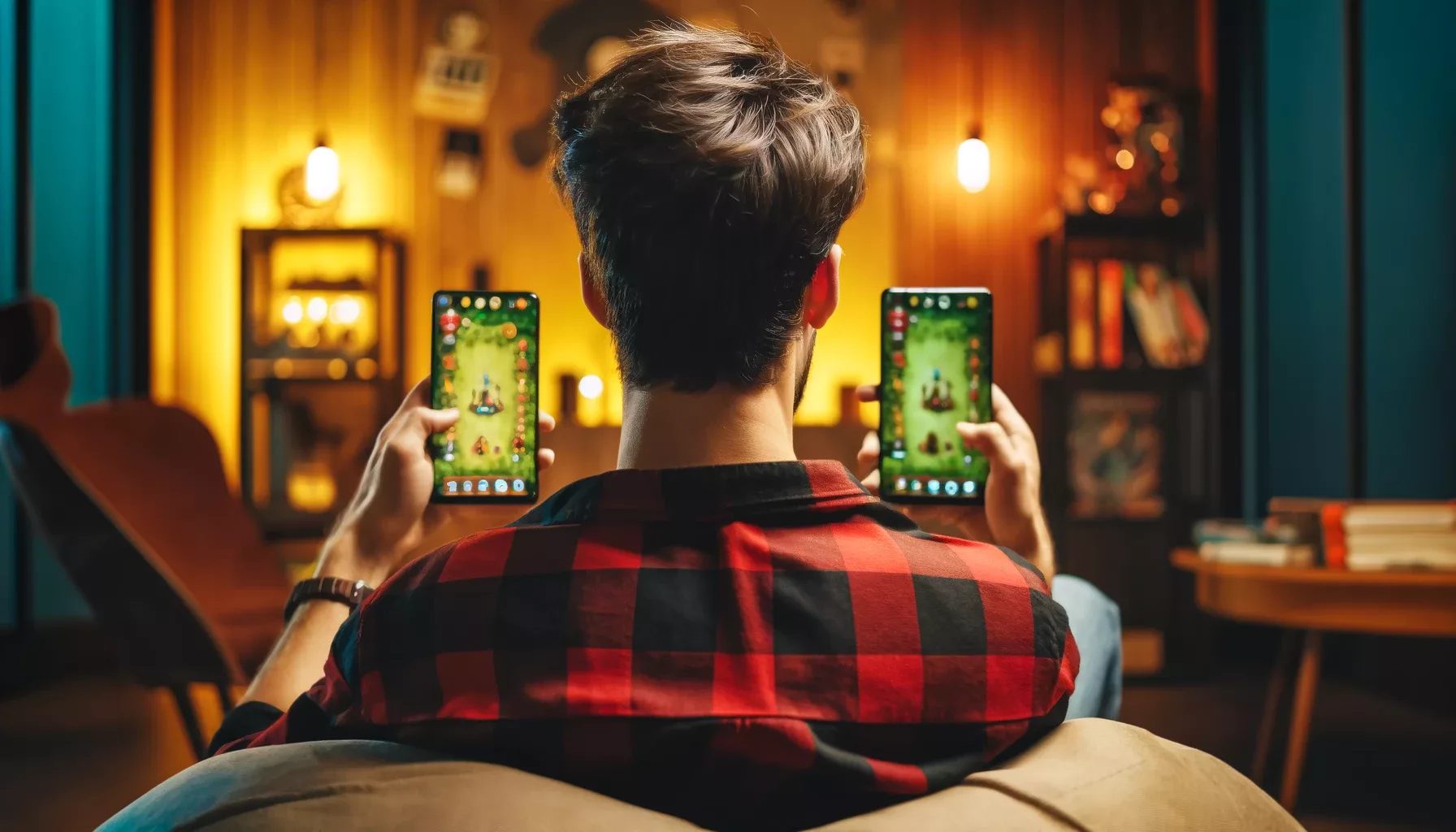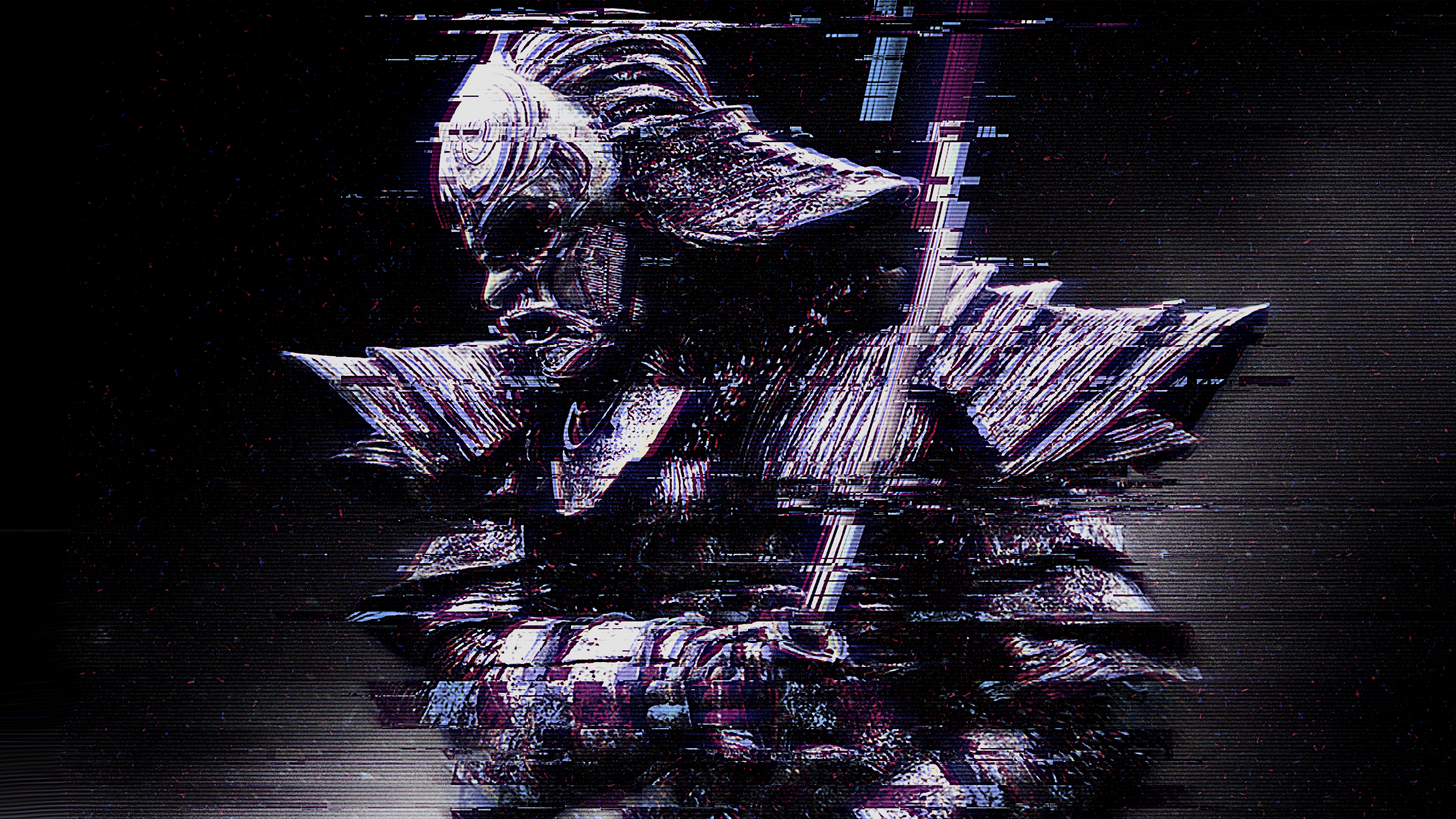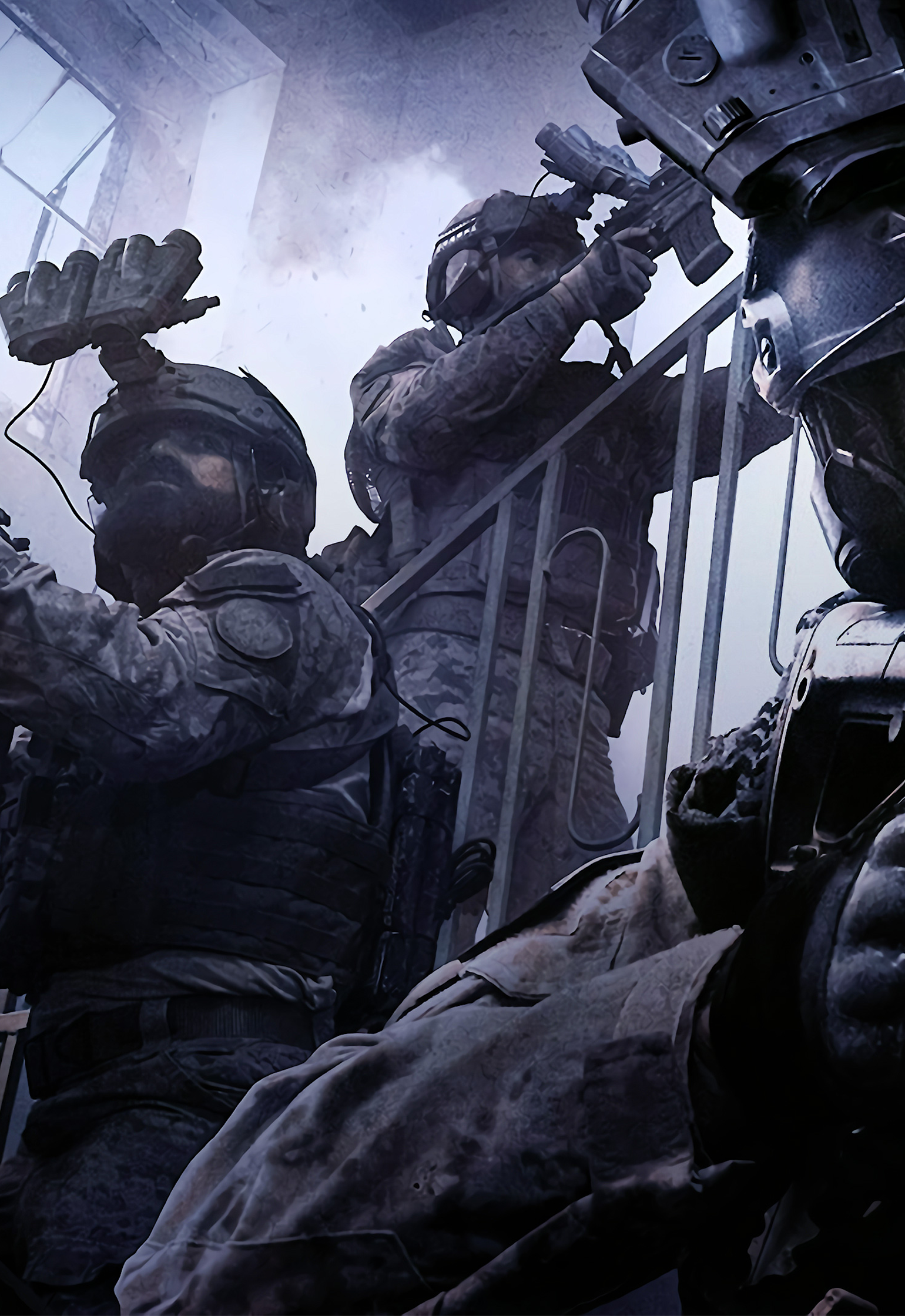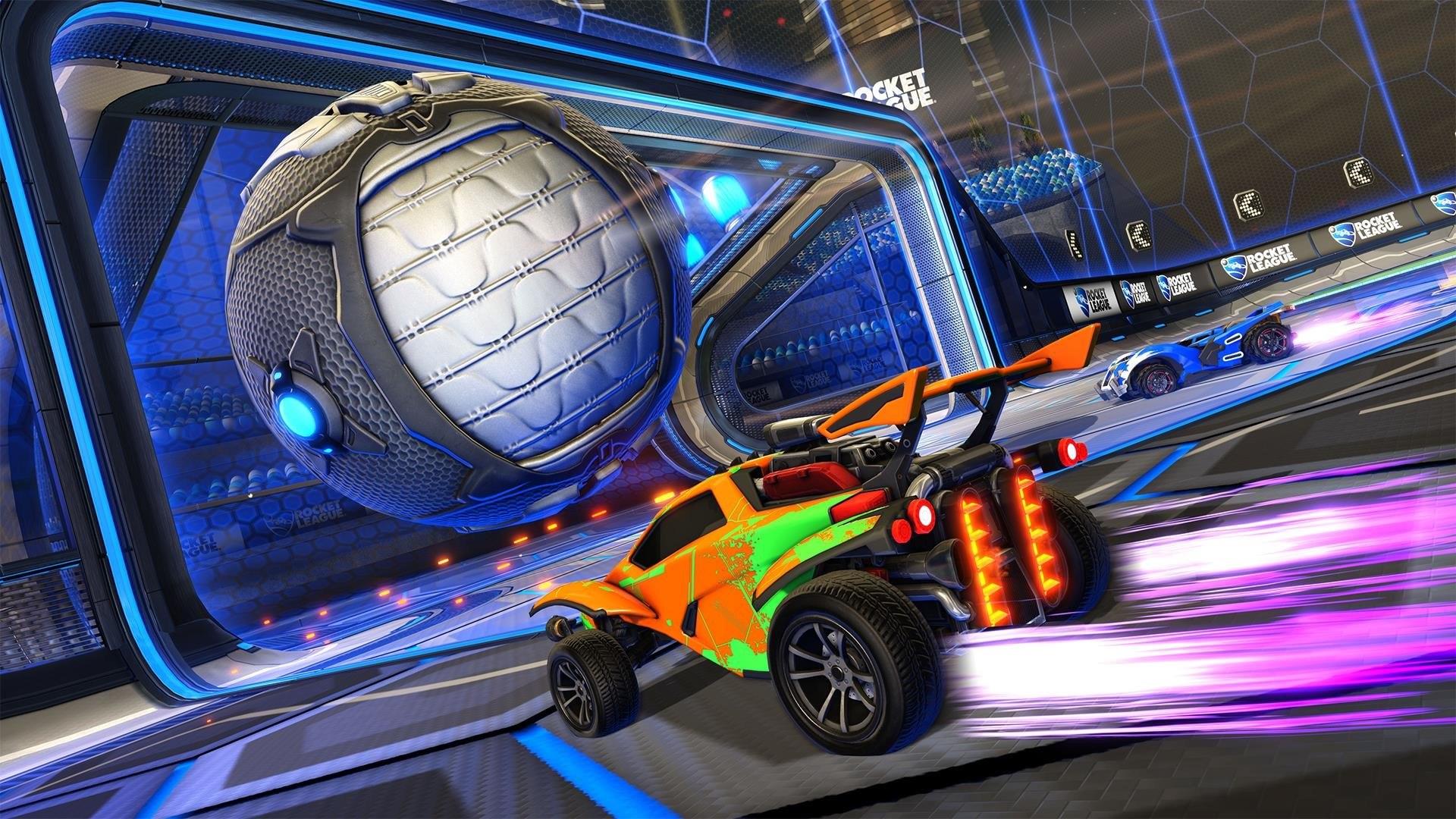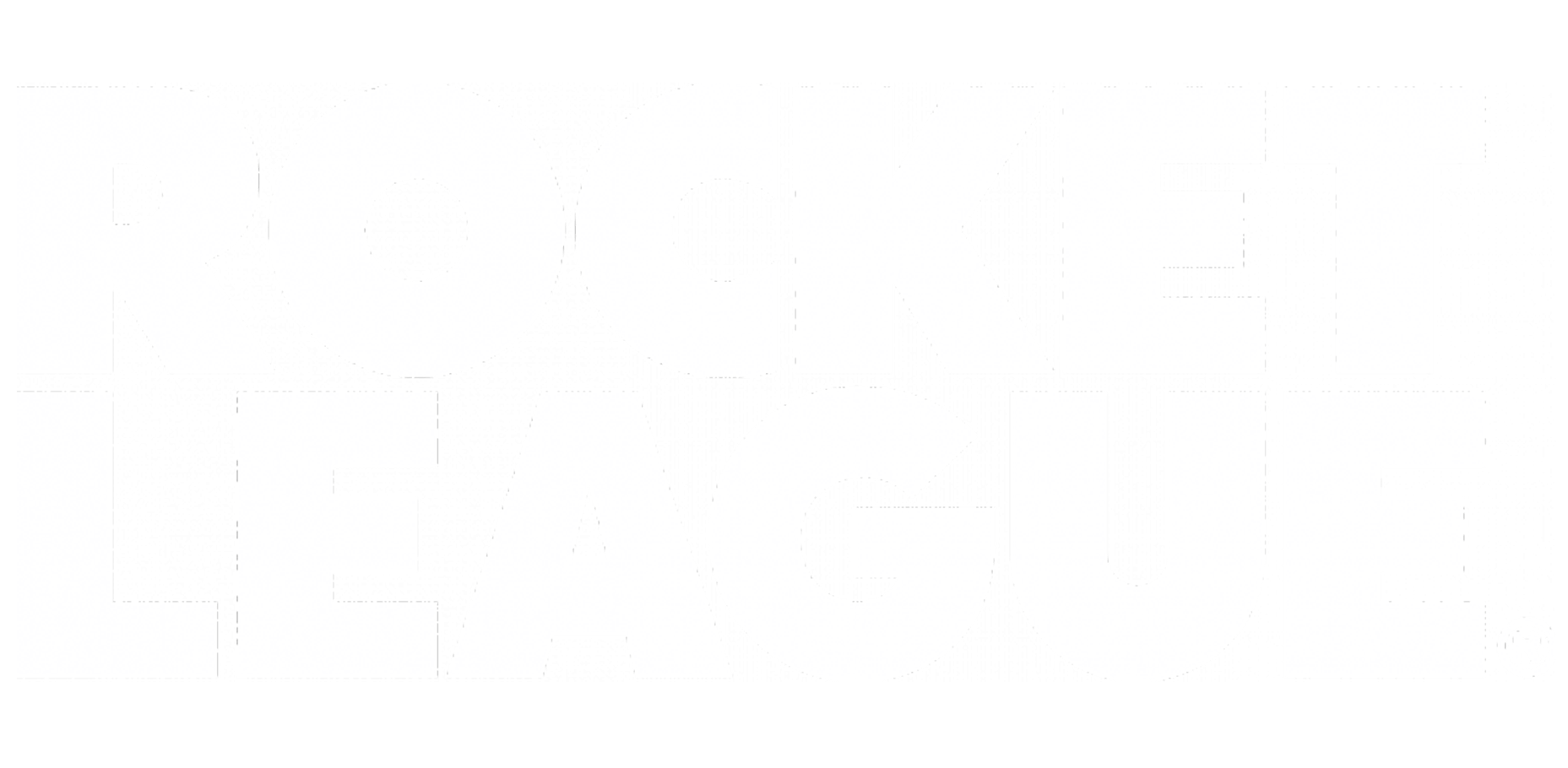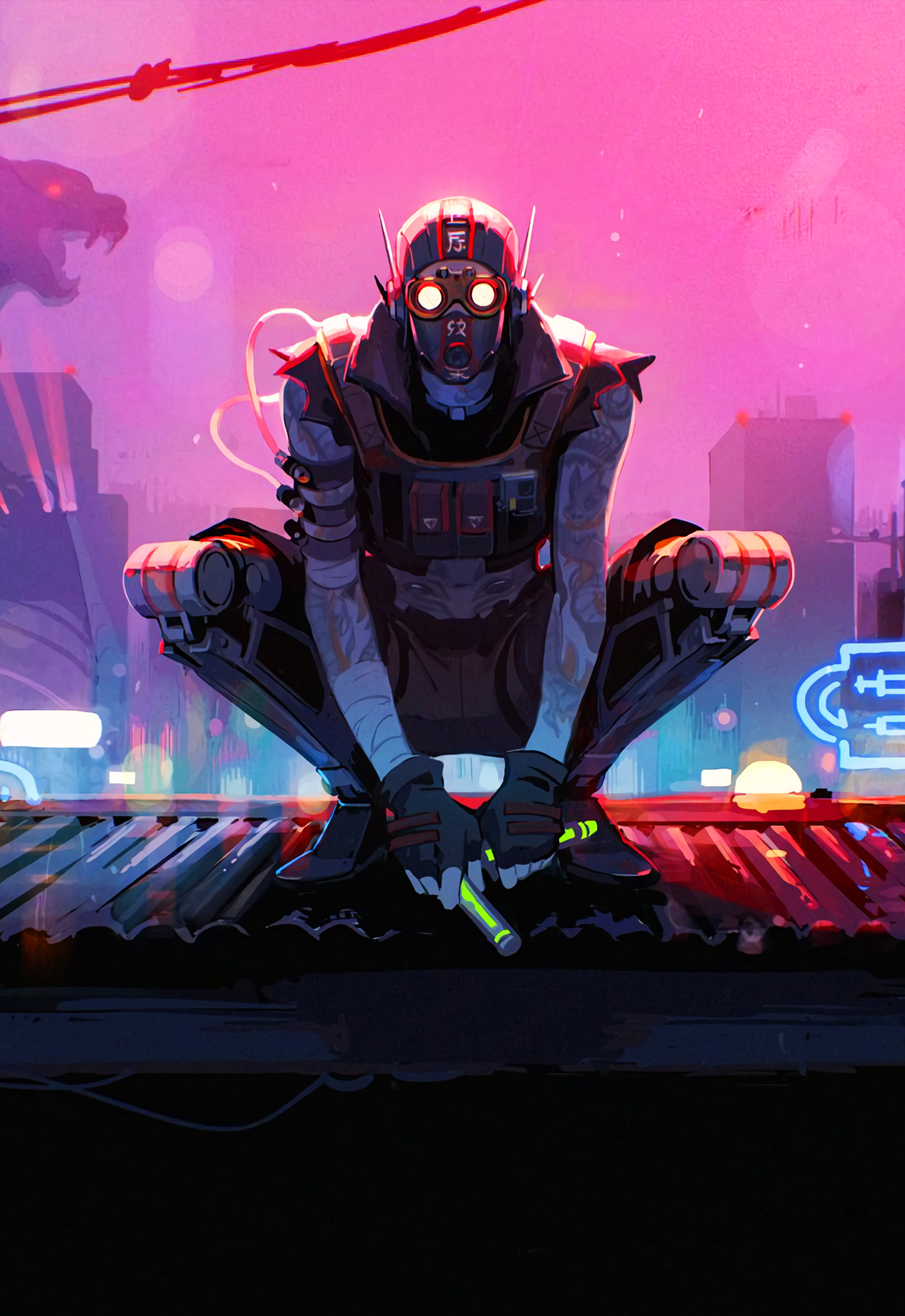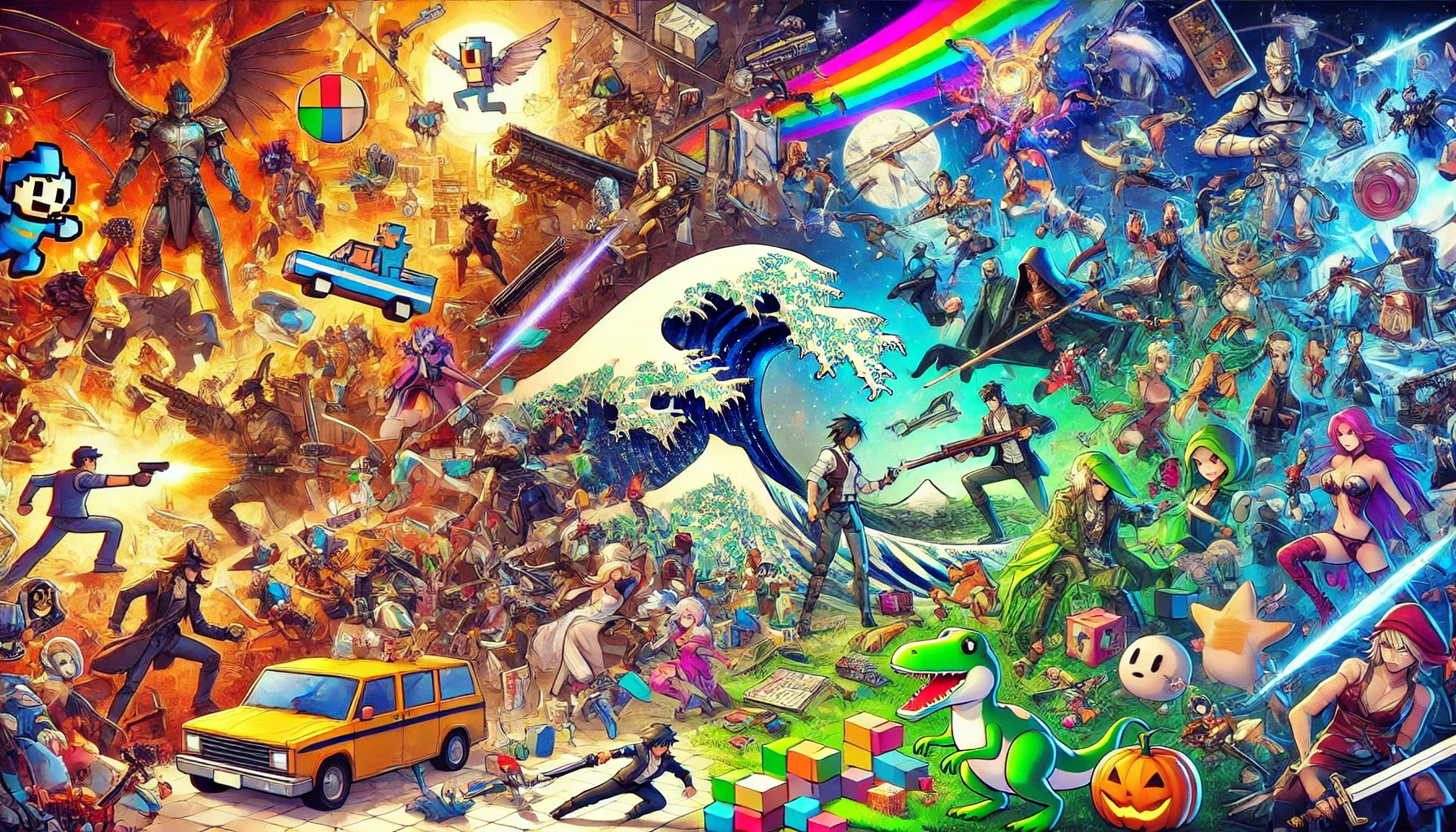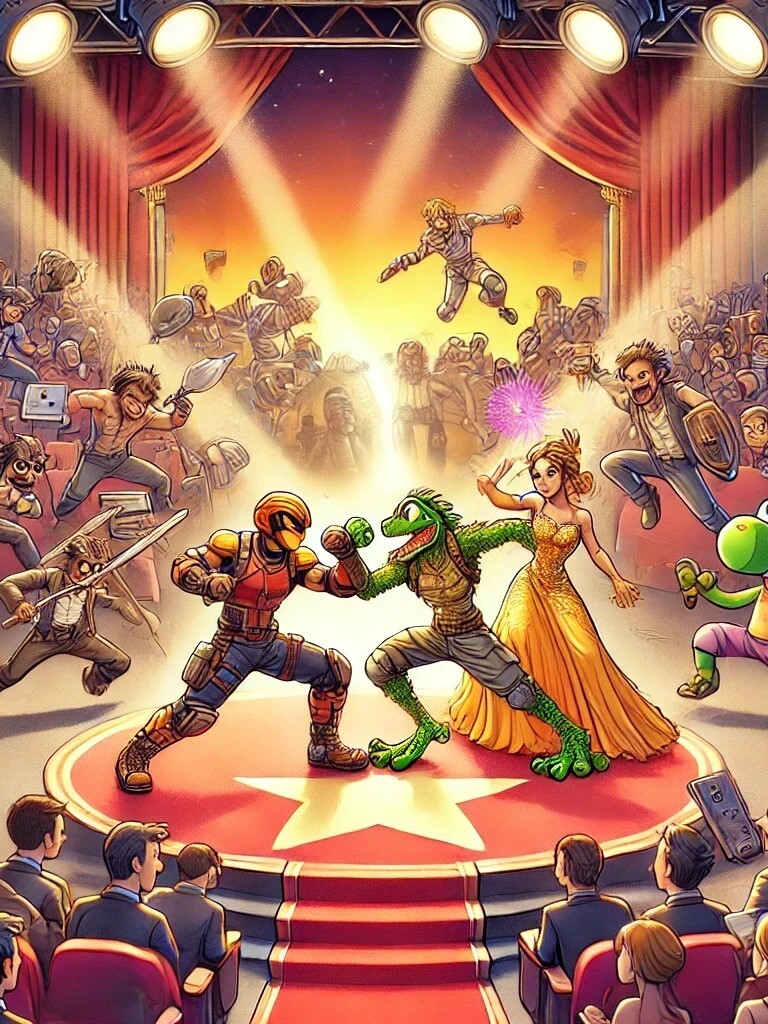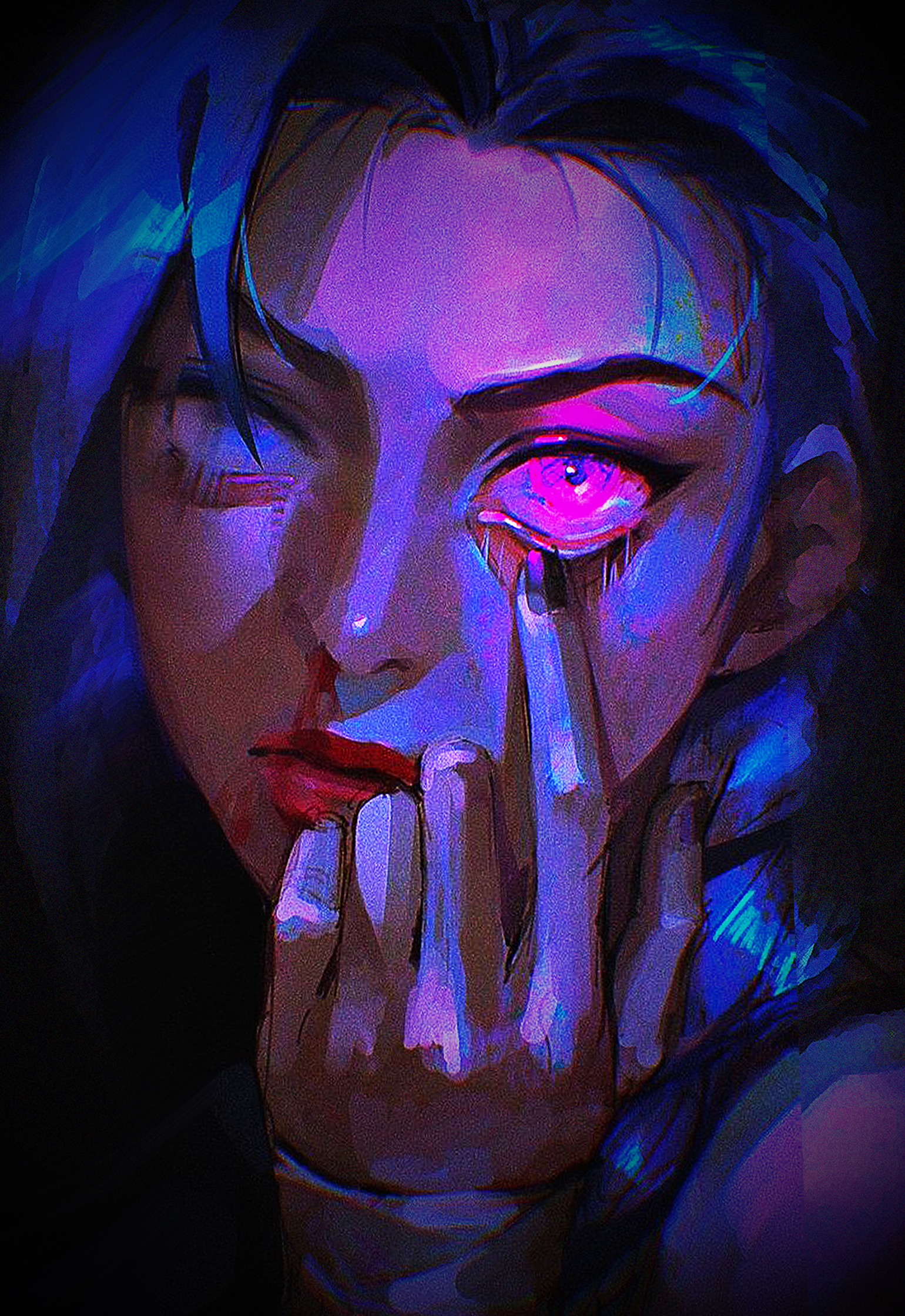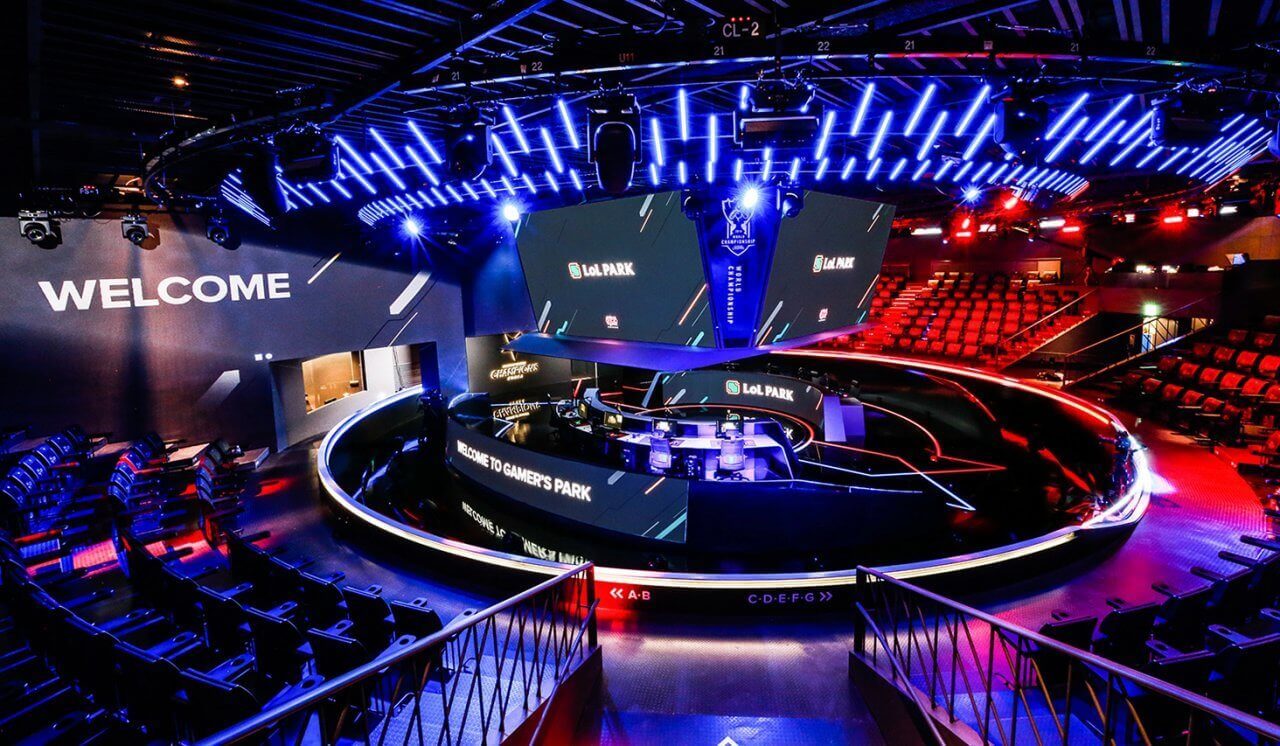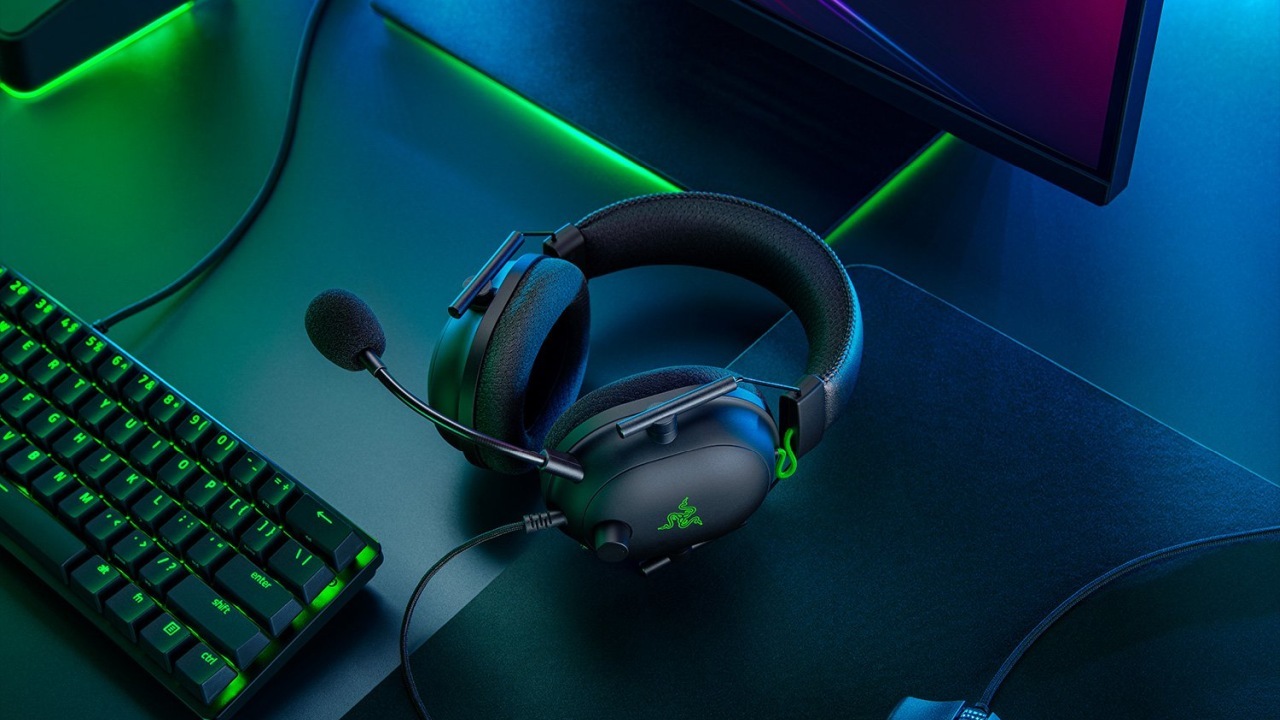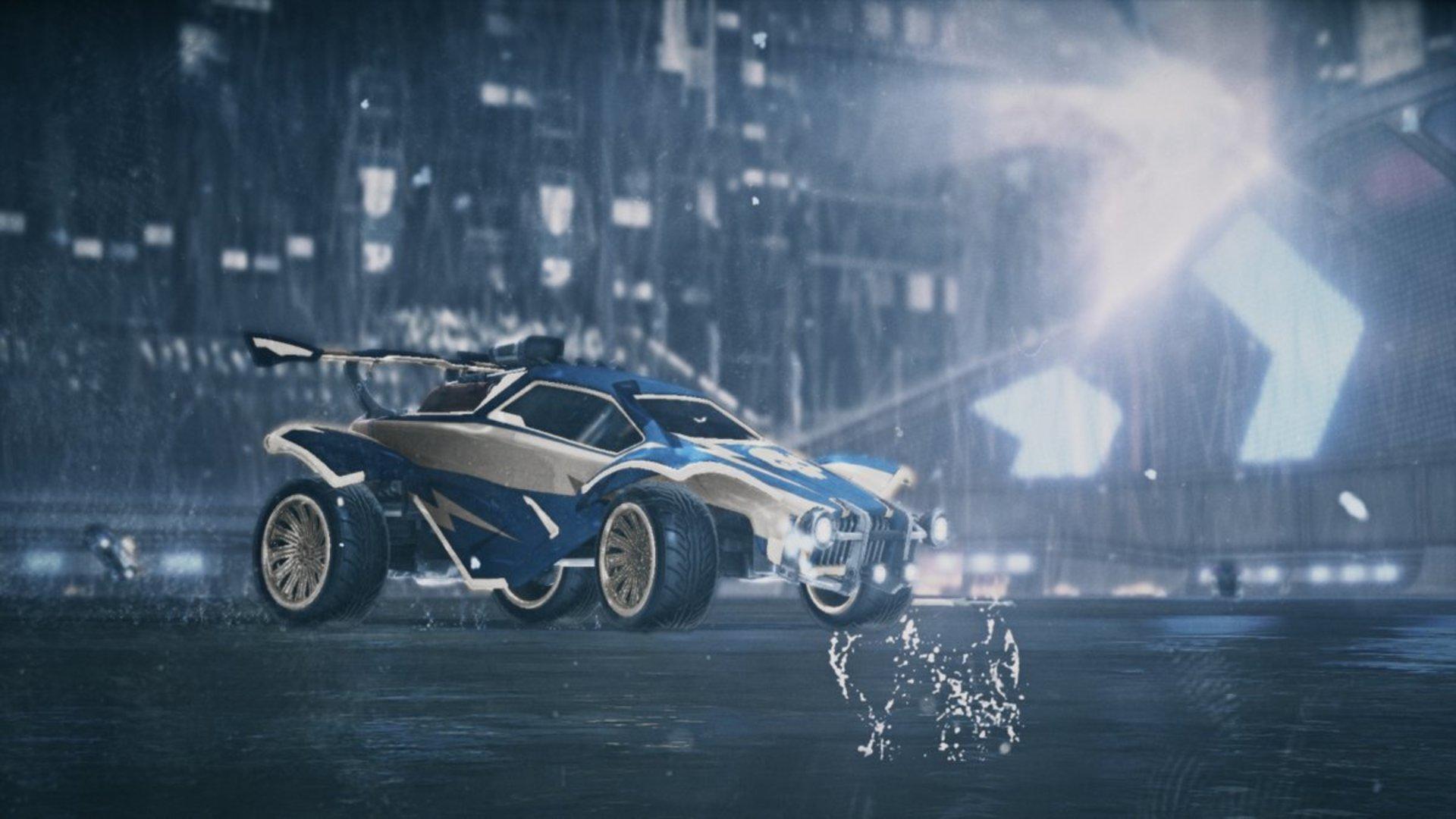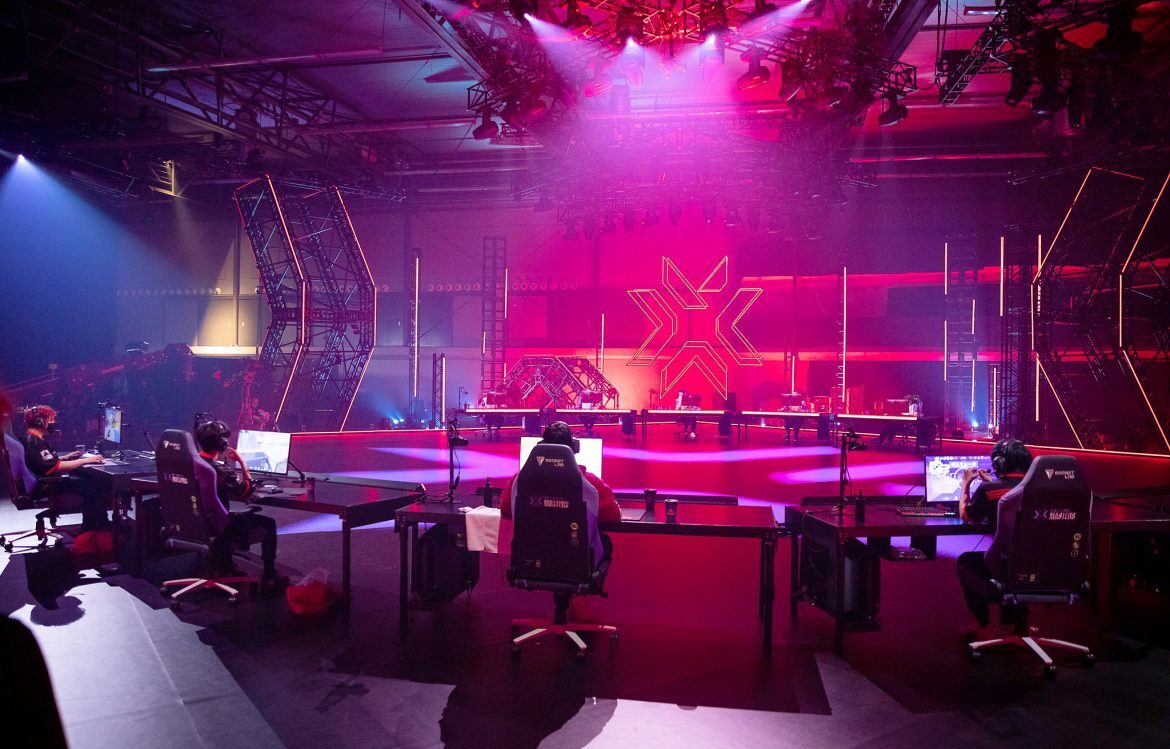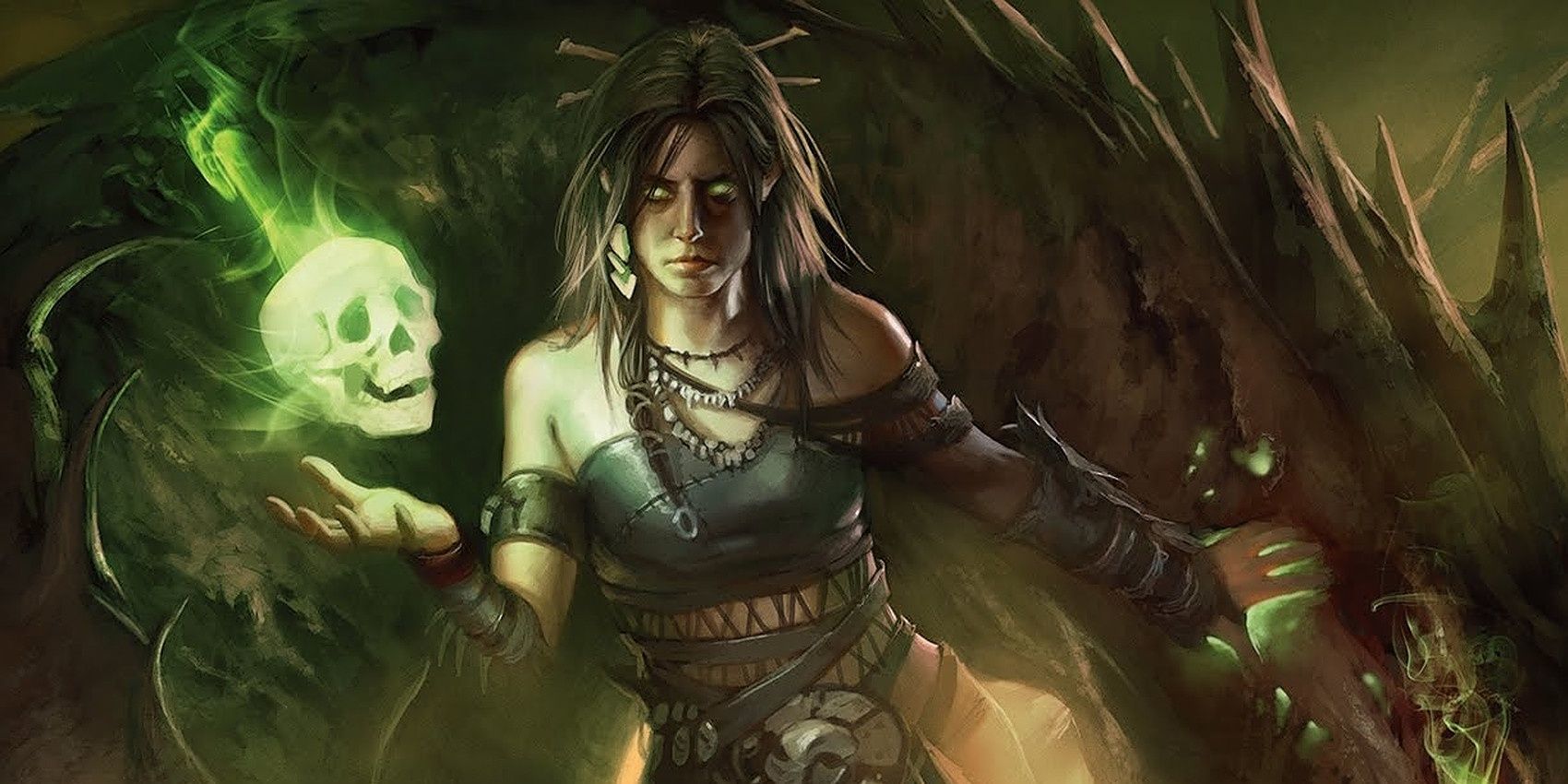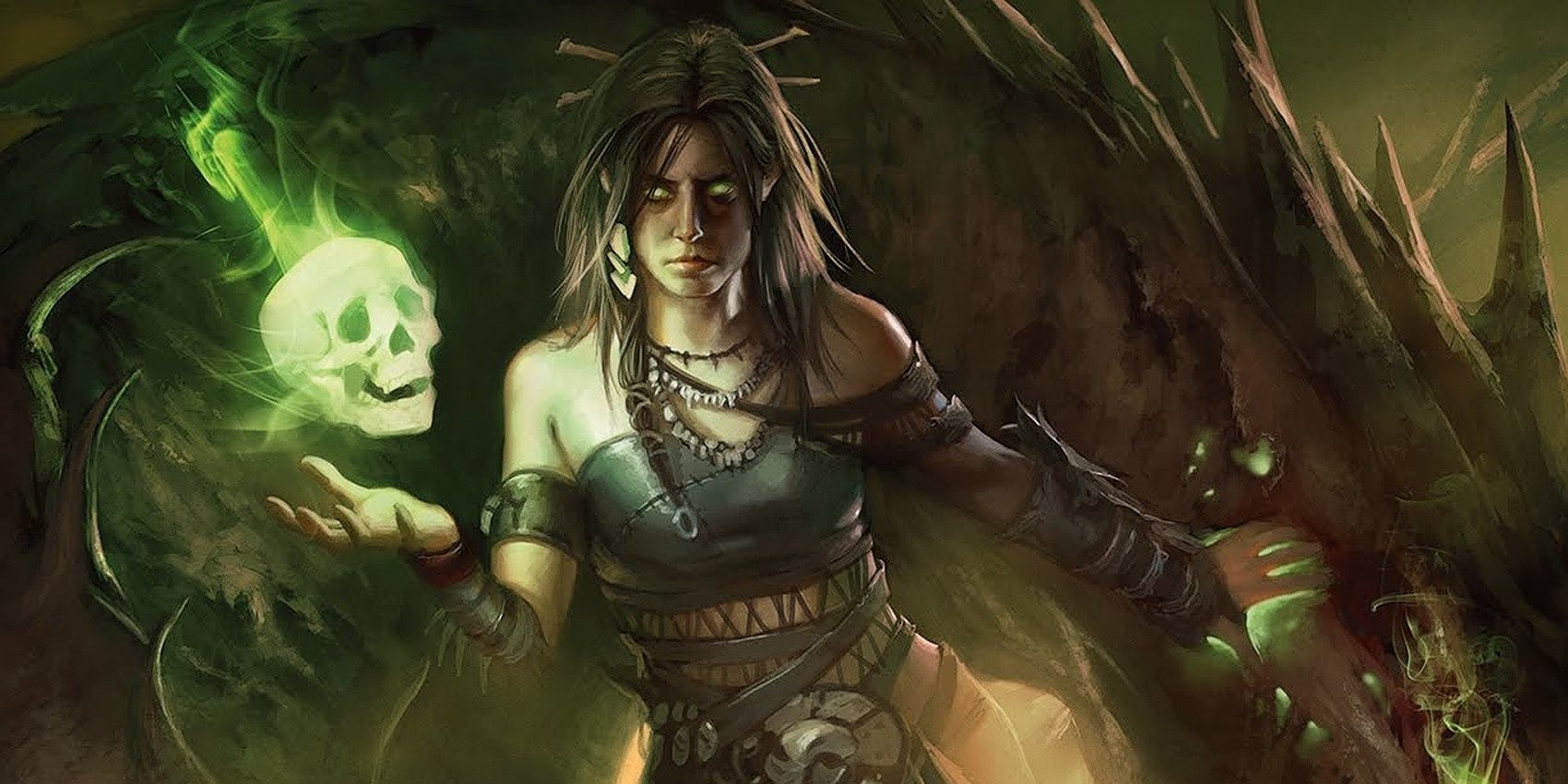
Magic: The Gathering is a game with long traditions, tons of iterations, many of its players have been slinging cardboard dragons for decades. This makes it easy to casually throw strange words into a conversation, but a newer player might have no clue where they come from, or what they even mean. What is Jeskai? Time to find out!
MTG has tons and tons of funny words used to describe mechanics, card types, or even weird niche things such as the word “Bear” describing any 2/2 Creature for 2 mana. However, some of these made-up names are used more often than others. Take for example our recent breakdown of the Mythic Invitational decks - Gabriel Nassif’s Sultai Midrange and Seth Manfield’s Jund Sacrifice. What do these mean? Actually, a very simple thing - color combinations.
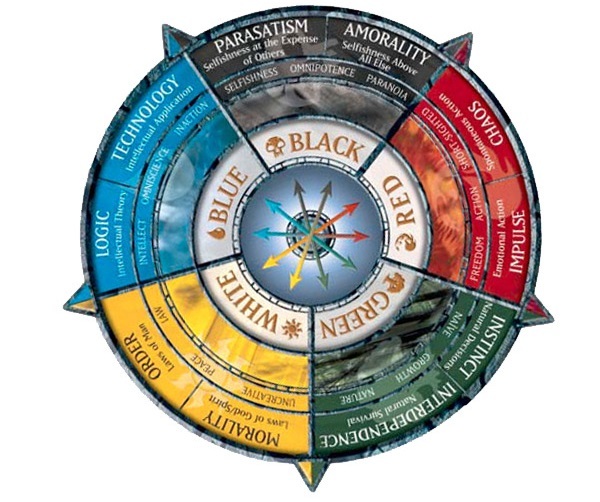
The Five Colors
The five colors are the key structure of Magic and all of its worlds and it equally affects gameplay and lore. These are almost always arranged in the same way: white-blue-black-red-green and abbreviated with the letters W, U, B, R, G. As you can probably notice, a five-color deck is sometimes referred to as “WUBRG” or “Uber” to make it easier to pronounce.
Each color of Magic represents certain virtues, goals, and key characteristics. Usually, some of these are shared among colors, and others are in direct conflict. That’s why each color has two “allies” (the two colors next to it on the pie) and two “enemies” (the two opposing colors). For example, white is allied with green and blue and is at war with red and black. Now you know why we use terms like “an enemy fetch land” to describe a card such as Verdant Catacombs.
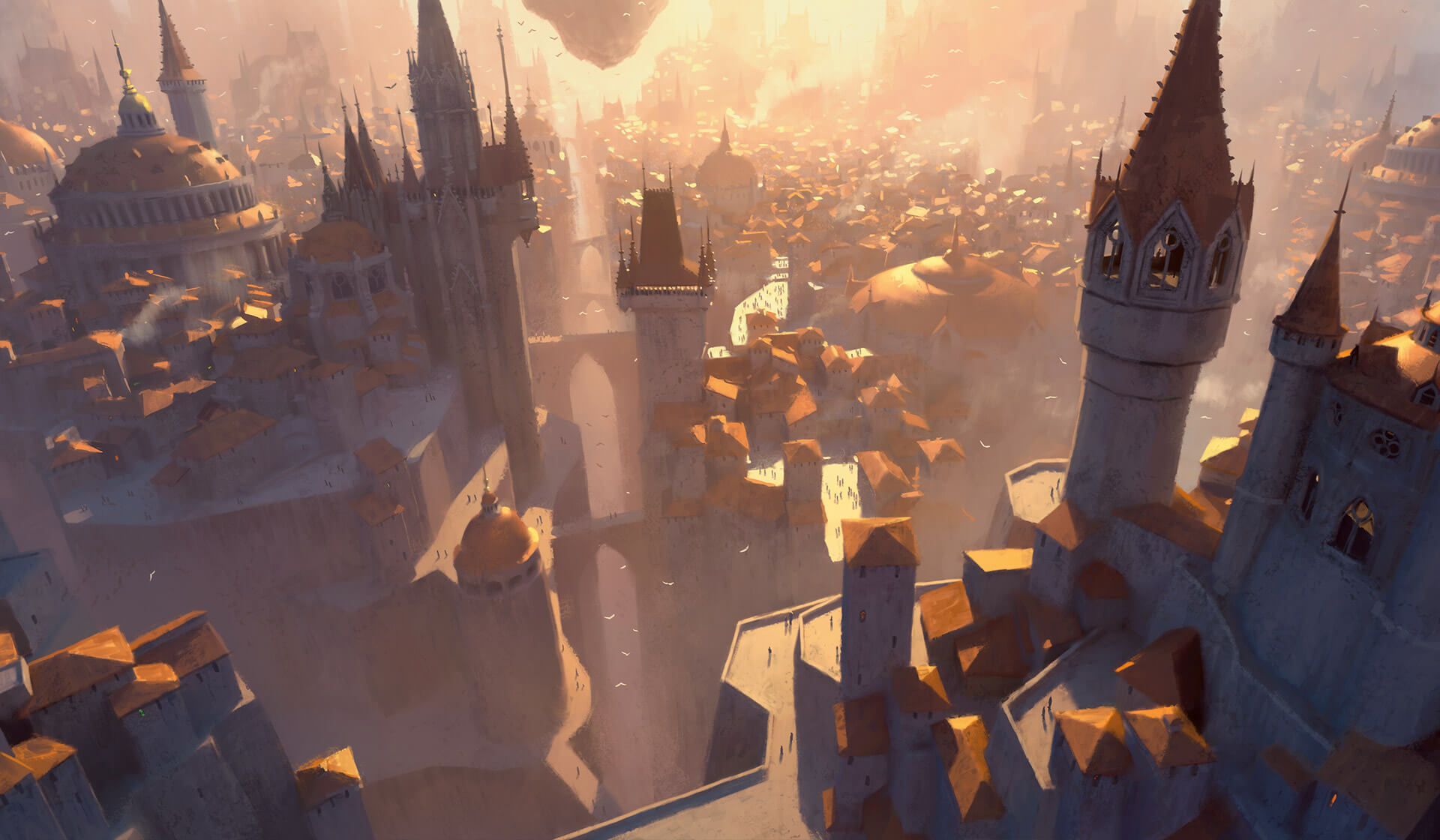
The Color Pairs - Guilds
Color combinations have always been part of magic but it wasn’t before the first appearance of the city of Ravnica until we got official names for them. Long story short, Ravnica has 10 guilds, each aligned with two colors of mana - some allied, and others, opposing. The names of the guilds are still used when talking about color pairs in all of Magic, not just Ravnica. Here’s the list:
Guilds
- Azorius - white & blue
- Orzhov - white & black
- Boros - white & red
- Selesnya - white & green
- Dimir - blue & black
- Izzet - blue & red
- Simic - blue & green
- Rakdos - black & red
- Golgari - black & green
- Gruul - red & green
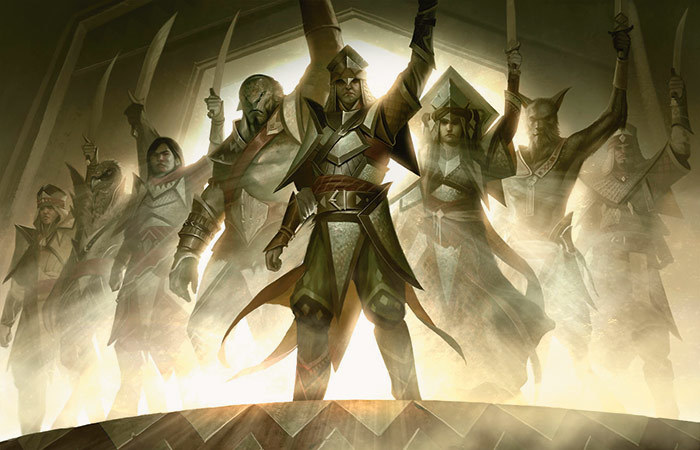
They Come As Three - Shards And Wedges
Following Ravnica’s success, Wizards designed sets that all revolve around three-color groups. These included the Alara block with its Shards and the Tarkir block with its Clans, and recently, even the Ikoria set with its Biomes. When three colors are next to each other on the color pie, they are referred to as Shards. If one of them is opposing the other two, we call it a Wedge. Here’s a list of all of them:
Shards
- Bant - green, white, & blue
- Esper - white, blue, & black
- Grixis - blue, black, & red
- Jund - black, red, & green
- Naya - red, green, & white
Wedges
- Abzan - green, white, & black
- Jeskai - white, blue, & red
- Sultai - blue, black, & green
- Mardu - white, black, & red
- Temur - blue, red, & green
That’s a lot to take, so we’ll end it here for now. Magic is a huge game and comes with tons of lingo to describe its vast content. Now that you are armed with the knowledge of the color combinations, you’ll know exactly what to expect from a deck by just its name. Now go and build yourself a cool Grixis deck! After all, this is Nicol Bolas’ favorite combo!
For more MTGA news, analysis and decks, stay tuned to EarlyGame!
